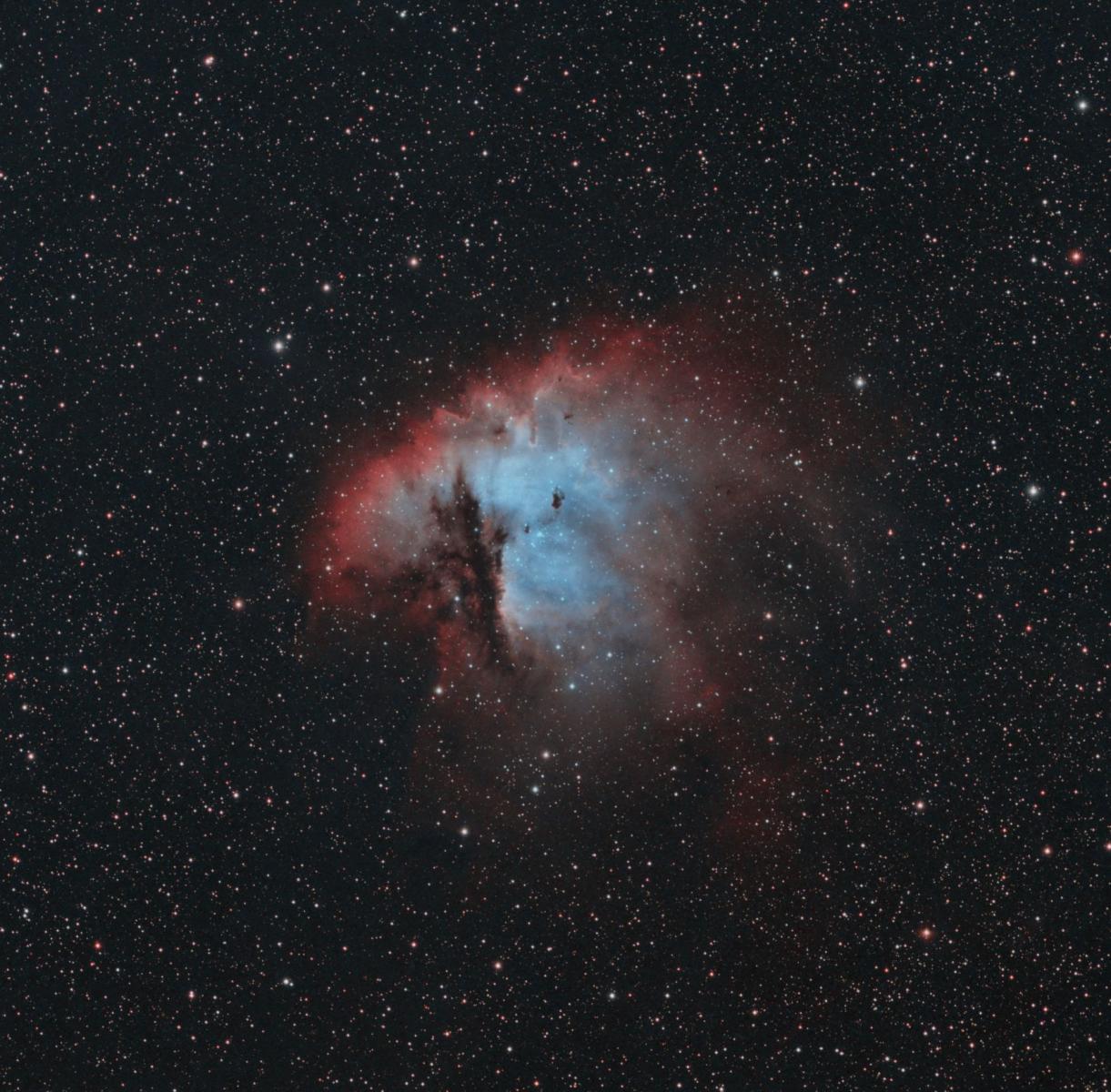Can masked stretch be done in ST?
Posted: Sat Oct 23, 2021 2:07 am
Hi.
So here's a practical question:
Can this
https://www.cloudynights.com/topic/7920 ... ry11405886
be turned into this
https://www.cloudynights.com/topic/7920 ... ry11441699
in Startools, a fake HOO image from OSC with a dual narrowband filter?
Here's the explanation how this was done by the author of the second picture:
"With this Pacman, my OIII was too weak to really show any blue - just ended up with white really. So I followed some of the other advice on the thread, and tried using a mask of the OIII image on the Ha image, and actually reduced the intensity of the Ha a bit, which helped the OIII show through."
I think this is called masked stretch in Pixinsight. I believe it is a histogram transformation that is done only to pixels defined by a mask.
If this is possible, could you show how to do this? That would be great.
I don't have his data, but here's mine: should be the same for the purpose, as we used similar filters.
This data was stacked in DSS with recommended parameters, except one - "Per channel background calibration" was on.
The stacking artifacts may extend up to +-110 pixels on each side. All of the other details about the data are in the first link above.
https://drive.google.com/file/d/1ClEtdm ... sp=sharing
Thanks.
So here's a practical question:
Can this
https://www.cloudynights.com/topic/7920 ... ry11405886
be turned into this
https://www.cloudynights.com/topic/7920 ... ry11441699
in Startools, a fake HOO image from OSC with a dual narrowband filter?
Here's the explanation how this was done by the author of the second picture:
I think this is the key to this whole procedure:The main thing with this is that after you get an integrated RGB image from pre-processing, you then split the RGB channels out into separate R, G and B greyscale images. With a dual narrowband filter, the R channel is effectively an Ha channel. And a combination of the B and G channels is OIII. You can then work on these separately, and combine them back as Ha and OIII images, which I did using a HOO mix (Ha = R, OIII=G, OIII=B).
I use Pixinsight, so apologies if this explanation is too PI. Summary of steps would be:
1. calibrate, debayer, star align, integrate
2. Dynamic Background Extraction (reduce gradients), Colour Calibration (pixinsight offers a narrowband version of this)
3. Split R,G and B channels out using ChannelExtraction. Combine B and G using Pixelmath expression max(B,G)
4. process the two images as necessary - stretch, de-noise etc. With this Pacman, my OIII was too weak to really show any blue - just ended up with white really. So I followed some of the other advice on the thread, and tried using a mask of the OIII image on the Ha image, and actually reduced the intensity of the Ha a bit, which helped the OIII show through.
5. Combine using Pixelmath as above for HOO. For a pseudo SHO I have used R=Ha, G = (Ha*0.5)+(OIII*0.5), B = OIII.
6. adjust saturation, final stretch, denoise, whatever. I think I also did a light bit of HDR with this one too (HDRMultiscaleTransform)
"With this Pacman, my OIII was too weak to really show any blue - just ended up with white really. So I followed some of the other advice on the thread, and tried using a mask of the OIII image on the Ha image, and actually reduced the intensity of the Ha a bit, which helped the OIII show through."
I think this is called masked stretch in Pixinsight. I believe it is a histogram transformation that is done only to pixels defined by a mask.
If this is possible, could you show how to do this? That would be great.
I don't have his data, but here's mine: should be the same for the purpose, as we used similar filters.
This data was stacked in DSS with recommended parameters, except one - "Per channel background calibration" was on.
The stacking artifacts may extend up to +-110 pixels on each side. All of the other details about the data are in the first link above.
https://drive.google.com/file/d/1ClEtdm ... sp=sharing
Thanks.


